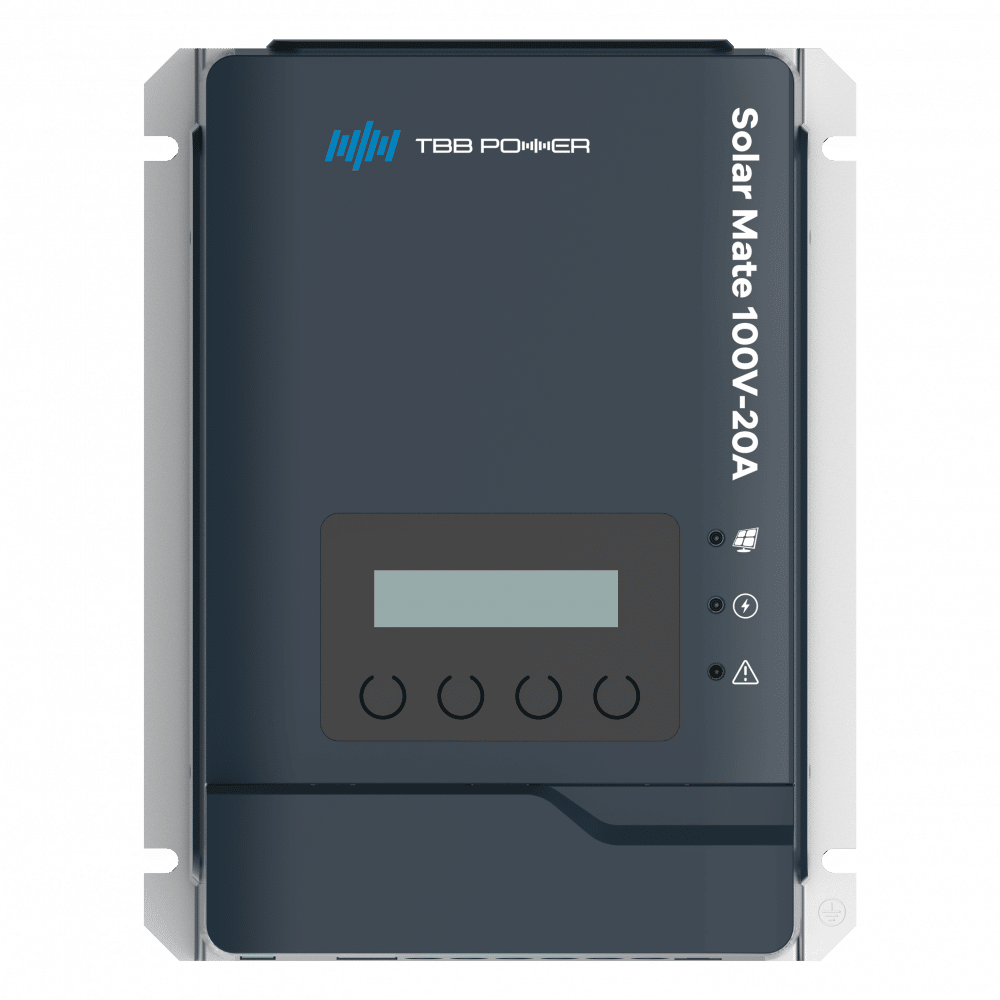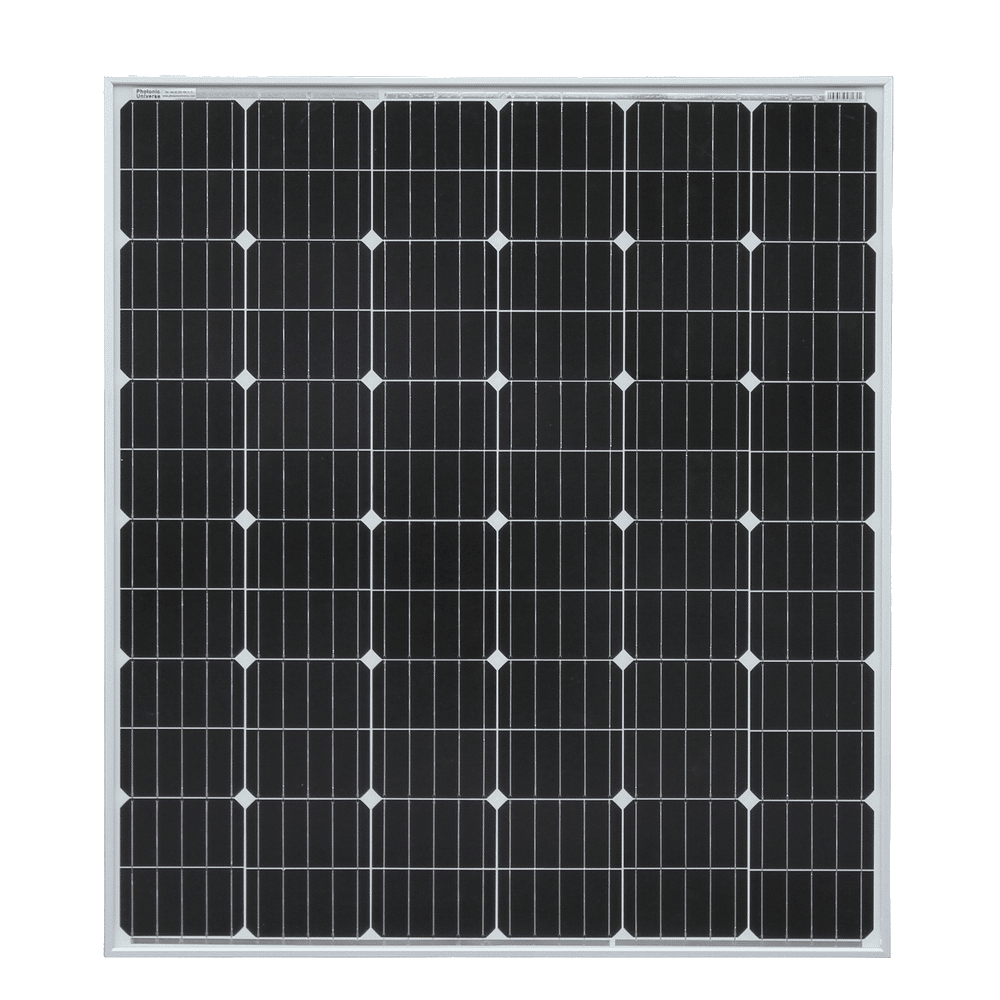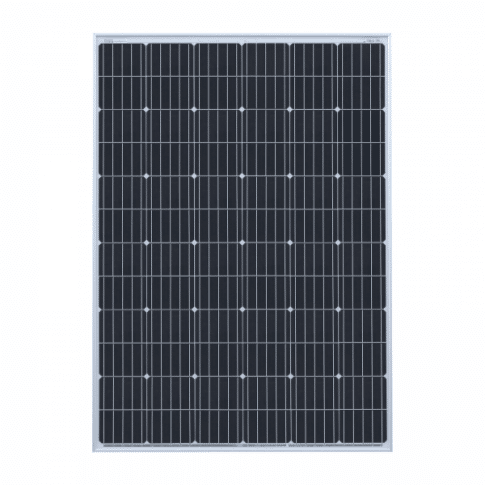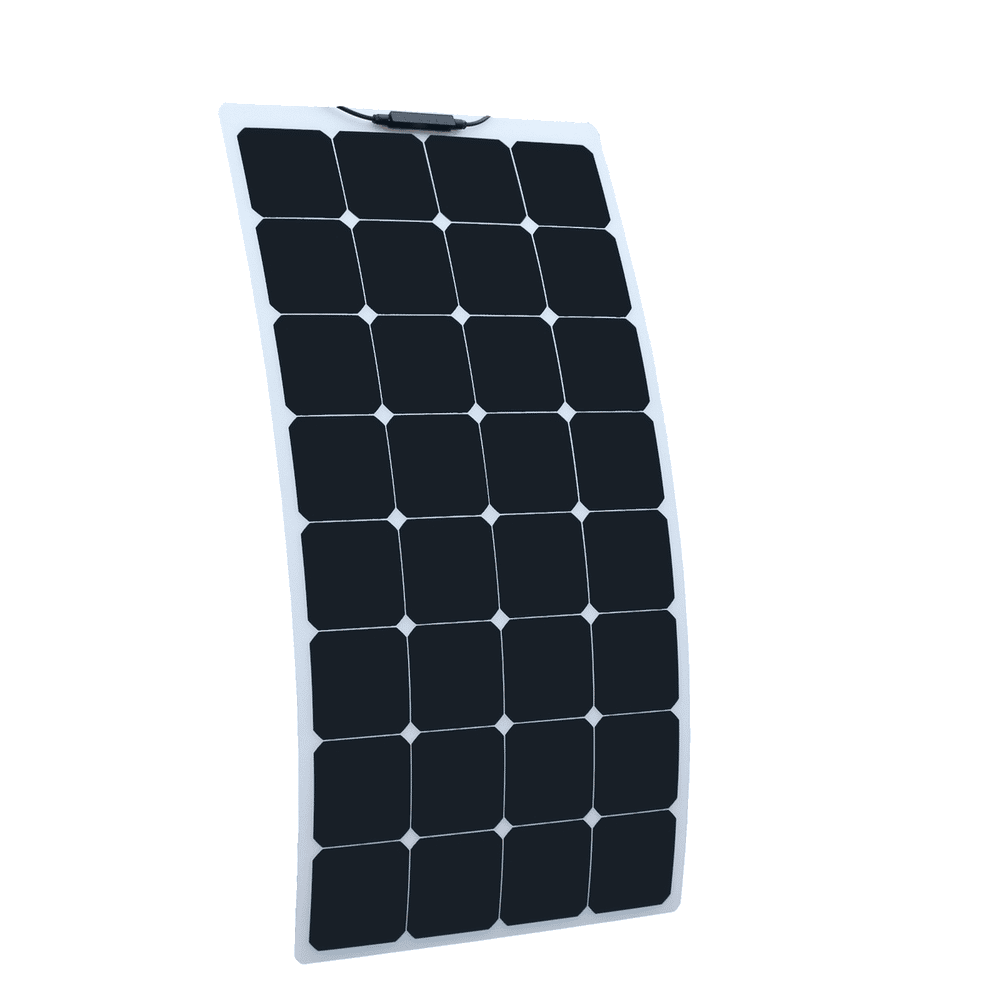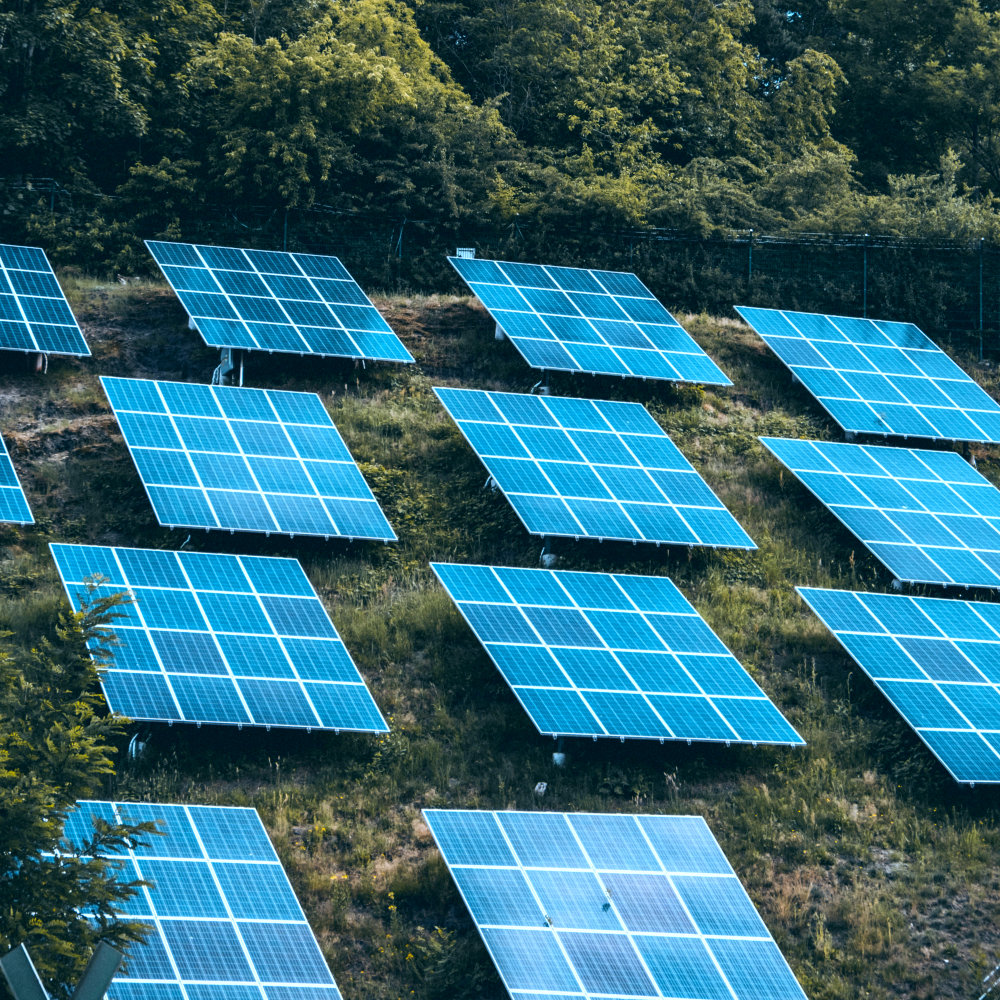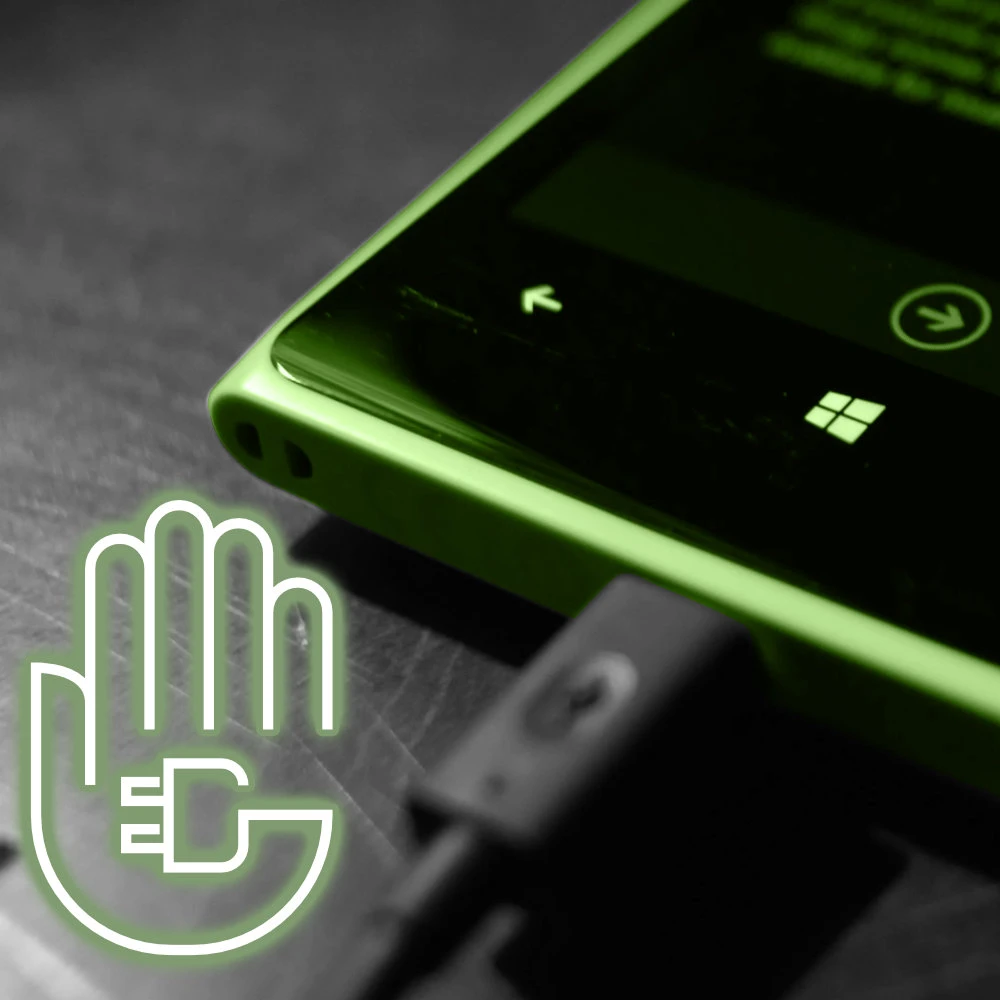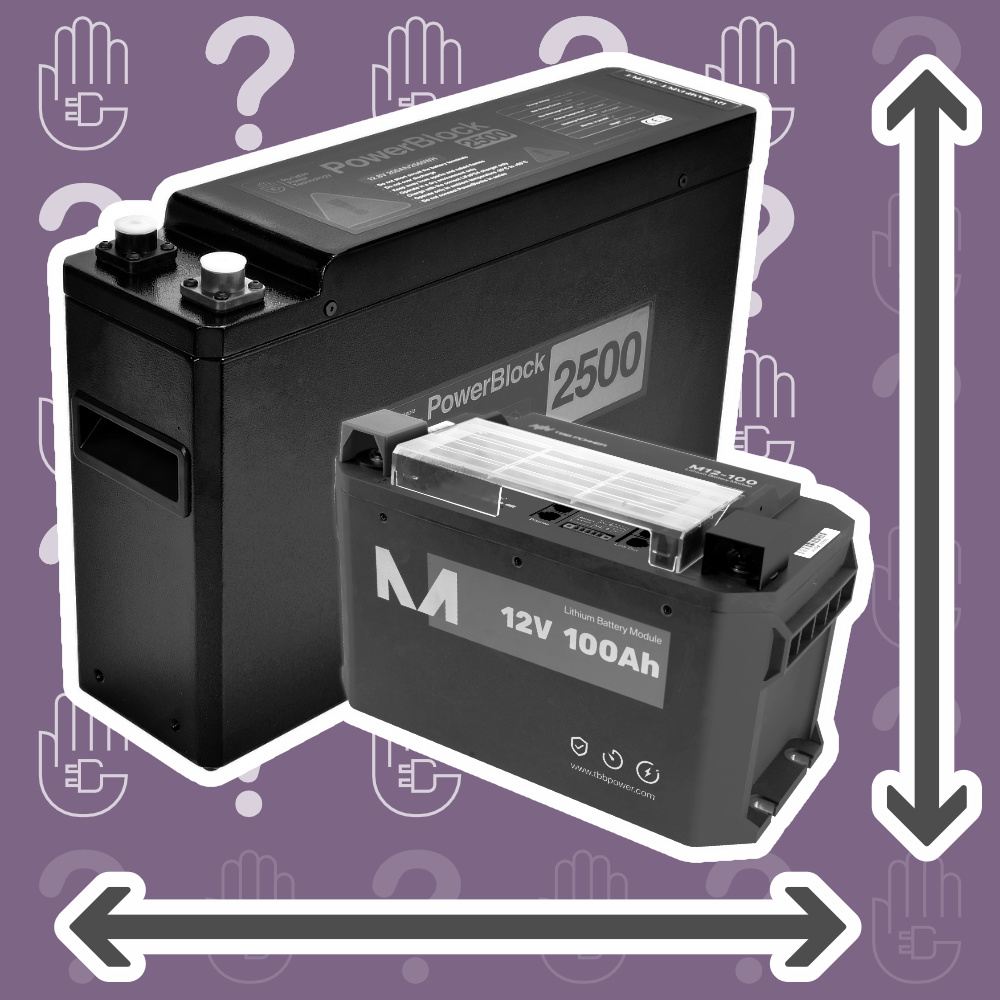As the use of solar energy continues to grow, the importance of selecting the right components for your solar power system cannot be overstated. One of the key components of any solar setup is the solar controller, also known as the solar charge controller. The solar controller plays a crucial role in ensuring the efficiency of solar panels and the lonegevity of your battery.
In this in-depth guide, we will discuss the important factors to consider when choosing a solar controller for your solar power system. Whether you're a clued-up autoelectrician or just starting out, this guide will help you make an informed decision when selecting a solar controller.
What Solar Controller is Best?
When selecting Solar Controllers, its good to know the options. Predominately there are two major types to look for when specifying an off-grid or in-vehicle based system. These types are known as the MPPT and PWM controller. One offers sophisticated energy conversion and regulation, where as the latter offers a more budget solution in exchange for poorer efficiency, typically only used on small Solar Arrays.
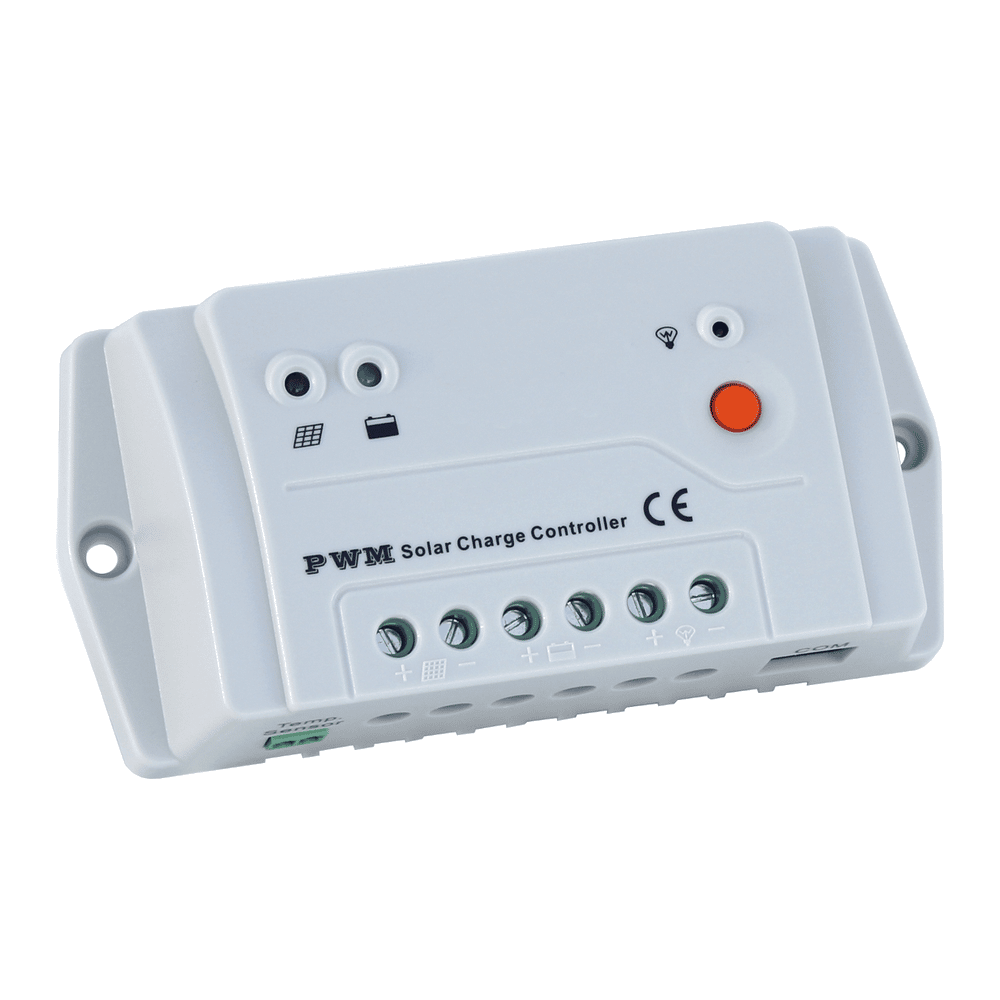
PWM Solar Controller
Pulse Width Modulation (PWM) Controller
The PWM controller is the most basic type of solar controller and is suitable for small PV systems. It regulates the power flow by pulsing the voltage to the battery, maintaining the battery voltage at a set level. Overall the most cheapest option, but returns far less efficiency meaning more solar energy is lost, making these less preferable.
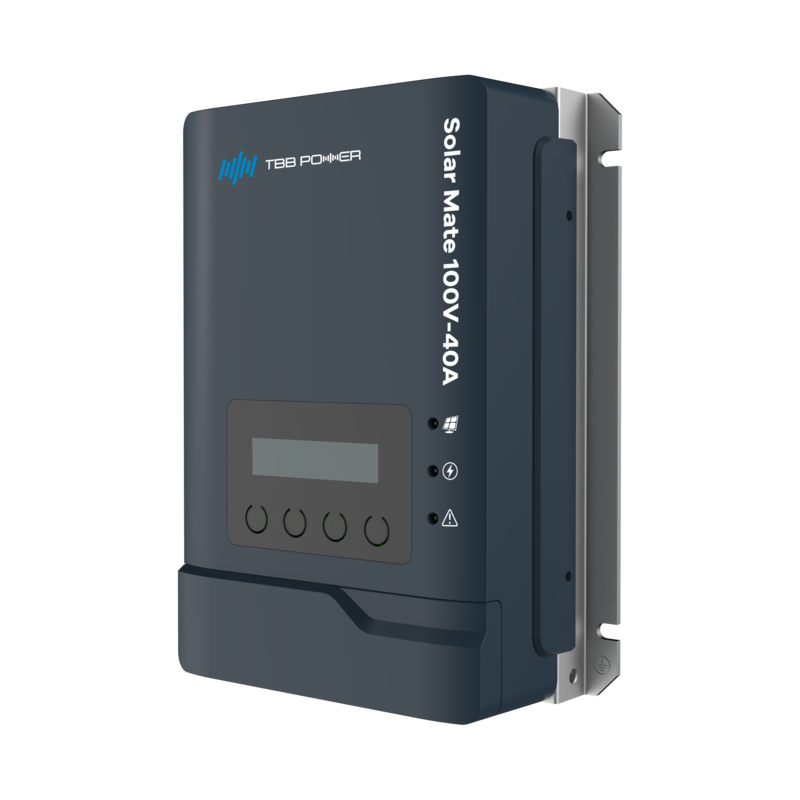
MPPT Solar Controller
Maximum Power Point Tracking (MPPT) Controller
The MPPT controller is a more advanced type of solar controller, designed to optimize the power output of the PV system. It adjusts the voltage and current produced by the panel to maximize the power transfer to the battery. This type of controller is ideal for larger PV systems, where the maximum power output is a priority.
Each type of solar controller will also have an Amperage (A) attached to it. This value is the maximum charging current that the solar controller can output. So a 40A solar controller could potentially recharge batteries twice as fast as a 20A solar controller. You'll also notice that the smaller solar controllers are suited for smaller solar arrays. Meaning you will struggle to run a large array on a small solar controller.
If you're planning to expand your solar array in the future then its always best to go for a larger solar controller.
Solar Controller Size Guide
Now to accurately size a solar controller for your solar array, you will need to consider several factors:
- Solar Panel Power (W)
- Voltage (V)
- Current (A)
These factors are specified on your solar panel and are vital to finding out what solar controller will be compatible. We'll want to make note of the Peak Power (W) from your solar panel, its Maximum Power Current (A) and it's Open Circuit Voltage (OCV). You can usually find this information in the manufacturer's specifications or on the label of the panel.
Controller size
Your solar panel will have a Peak Power (W) normally advertised as Panel Size and is the maximum number of watts the panel is capable of producing. Likewise your controller should clearly state the maximum size of solar array you can connect to it in watts. You'll need to ensure your controller is capable of handeling more watts than what your Solar Array is producing.
For example the SolarMate SP100-20 clearly states the maximum array size the controller can handle, based on the battery bank you're using it with. This is 294W on a 12V system, 588W on a 24V system and 1176W on a 48V based system.
Like peak power, your solar panel will also have a Maximum Power Current (A) and you'll need to ensure that this is less than the Current Limiting Function of the solar controller you're using. Otherwise you'll be missing out on excess energy generated from your solar array.
The final aspect for comparison is to make sure your solar panel's Open Circuit Voltage is lower than that of your solar controllers Maximum Solar Panel Voltage. Otherwise your array might be too large to run off the solar controller and you run the risk of damaging it permenantly.
Solar Controller Example
For this example we have a single 200W panel we want to use with a 20A MPPT Solar Controller.
We see that the Peak Power output of the panel is 200W, and our Solar Controller can take up to 294W, so we're all good there.
Next we look to see that our Maximum Power Current is 9.9A and our solar controller current limits anything above 20A.
This means our controller can easily handle the maximum current produced from the panel and no energy will be lost to current limiting.
Lastly we have to check that our Solar Panel Voltage doen't sxceed the Maximum Solar Planel Voltage.
Our single panel has an OCV of 23.9V and our controller can handle arrays of up to 95V so this panel will work perfectly with our controller.
Above details the core priciples but these are all subject to change depending on the Voltage of your battery bank. Most off-grid solar systems are used to recharge a 12V battery bank, like in the example above. However other battery bank voltages like 24V and 48V are possible.
Theory Summary
The most important rule is that you need to make sure your solar array voltage exceeds, or at least matches the voltage of your battery bank.
Meaning if you have a 12V battery you're looking to recharge, then you'll need to have a solar array that can output more than 12V.
Solar panels will often advertise two voltages Open Circuit Voltage and Maximum Power Voltage, the latter of which is the most imporant when deciding if your solar panel is large enough for your battery. Open circuit voltage should only be taken into account when choosing a solar controller.
Maximum Power Voltage is the actual voltage output of the solar panel. Providing this voltage is greater than your battery bank voltage, you'll be able to safely use the panel to recharge your battery bank.
In the example above our OCV was 23.9V, but our Maximum Power Voltage is actually 20.2V.
This means that if we wanted to recharge a 24V battery bank, we could not achieve this with just the single 200W Panel.
However if we had two of these panels, we could connect them in-series to form an array of 400W with a voltage output of 40.4V.
This is because connecting them in-series also raises the Maximum Power Voltage of the whole array as it combines the output of both panels to give us a total of 40.4V. This gives us a solar array that outputs more than 24V and therefore can sucessfully recharge a 24V battery system.
By taking all of these factors into account, you should be able to choose a solar controller that is the right size for your solar array and location. If you're still not sure, we have some advanced examples below.
48V System - Too Low Voltage
In this final example we're going to look and see what a larger Solar Array would look like in order to recharge a 48V Lithium battery system. We've decided to go with two panels as this allows for more flexibility and greater recharging. Combined we have an array of 500W.
In this example we have arranged the panels in parallel configuration.
Parallel is a common configuration for battery banks and solar panels alike. The parallel configuration combines the Maximum Power Current of both panels whilst keeping the Solar Panel Voltage the same.
However we can see that while we have lots of amps being generated (17.4A) you'll find that this is only at 34.9V. This would be great for a 24V battery source. But since we want to recharge 48V lithium batteries, we are going to have to look for a different solution. This is because the solar array (34.9V) needs to output a voltage larger than the resting voltage of our battery bank (48V) in order to charge it.
We can fix this easily by connecting the panels in-series rather than in parallel. Where as parallel configurations combine the amps produced by each panel, the in-series will combine the volts. Therefore we will be able to raise the Maximum Solar Panel Voltage of our array up to 69.8Vb. This is larger than our 48V system and therefore will recharge it with ease.
48V System - Optimal Setup
By taking all of these factors into account, you should be able to choose a solar controller that is the right size for your solar array and location. It's always a good idea to consult with a solar specialist or installer to ensure that you are choosing the right equipment for your specific needs.
